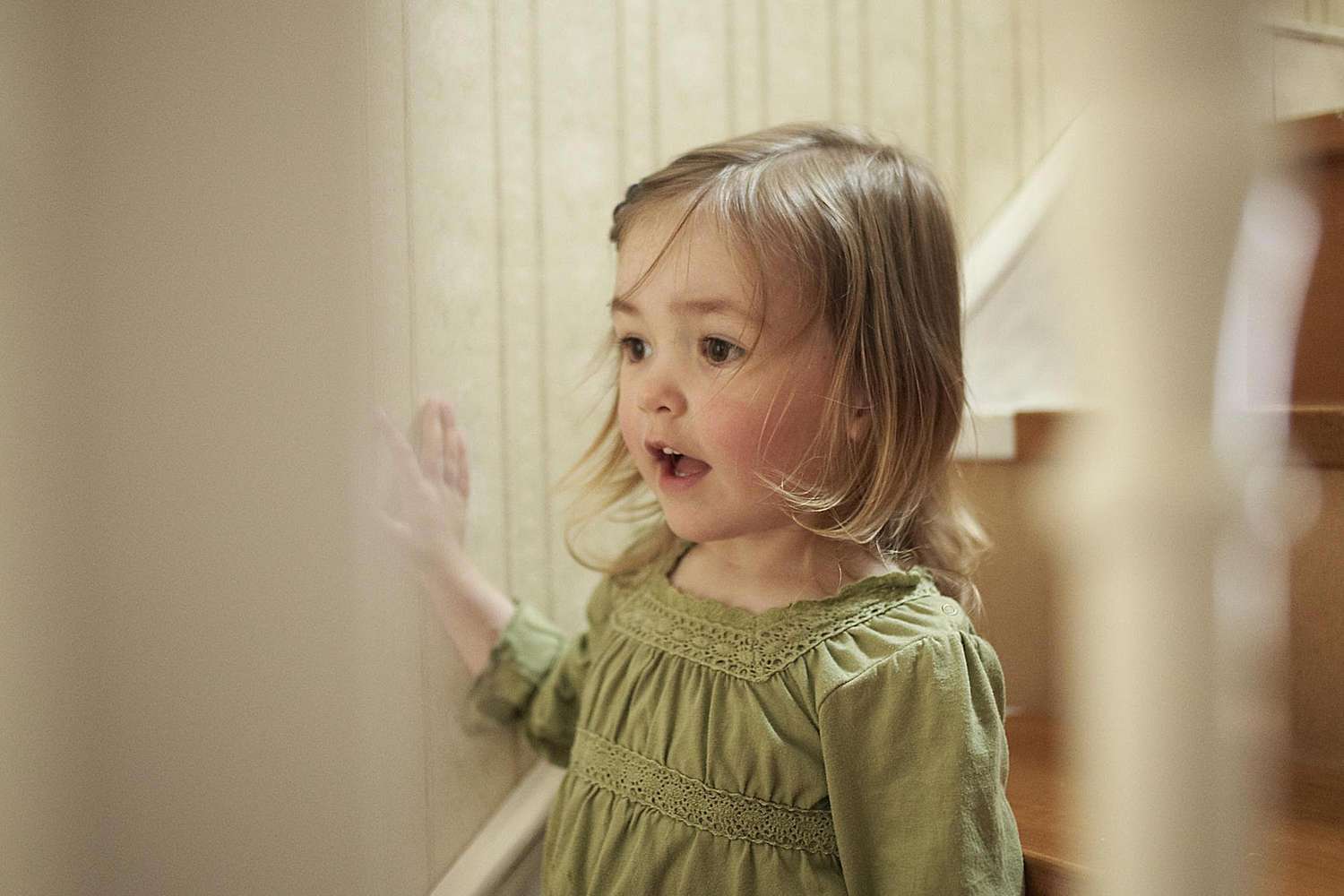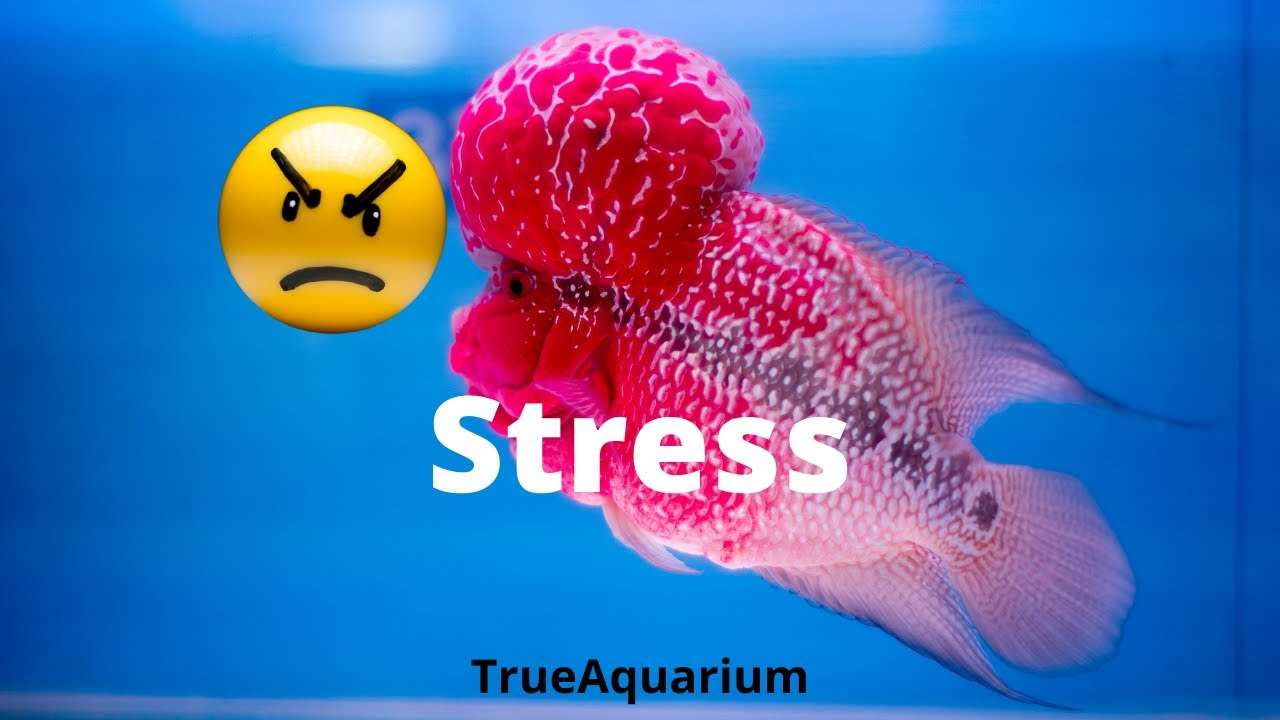Young children learn through play. Typically, developing children use play to build physical and social skills, to try on different personalities and characters, and to forge friendships. Autistic children, however, may play in very different ways. They are more likely to play alone, and their play is often repetitive, with no particular goal in mind. Left to themselves, some autistic children often stay stuck in a rut, unable to explore their own abilities or interests.
Play therapy is a tool for helping autistic children become more fully themselves. It can also, under the right circumstances, be a tool for helping parents or guardians learn to relate more fully to their children on the spectrum.
![]()
Cultura / Emma Kim Collection / Riser / Getty Images
What Is Play Therapy?
Play therapy was originally conceived as a tool for providing psychotherapy to young people coping with trauma, anxiety, and mental illness. In that context, play becomes a way for children to act out their feelings and find coping mechanisms.
This type of play therapy is still popular; however, it is not the same thing as play therapy that is used for children with autism.
Many specialists offering something called “play therapy” to children with autism are actually providing something akin to Floortime therapy. Floortime is a play-based technique which builds on autistic children’s own interests or obsessions to develop relationships and social/communication skills. The Play Project is another therapeutic approach that uses play as a tool for building skills in autistic children. Like floortime, it builds on children’s own interests.
It is possible to be officially credentialed in Floortime therapy through a certification program that includes a wide range of content. This certification is offered through the Interdisciplinary Council on Developmental and Learning Disorders (ICDL) but is not recognized by any of the national therapeutic associations. Thus, most “play therapists” are not so much credentialed as they are experienced and/or trained. Of course, as with all autism treatments, the onus is on the parent or guardian to investigate the therapist’s background, training, and references, and to closely monitor progress.
Why Would a Person With Autism Need to See a Play Therapist?
Autism is largely a social-communication disorder. Some children with autism find it extremely difficult to relate to others in typical ways. Instead of, for example, pretending a doll is really a baby, they may focus intensely on objects, use them for self-stimulation, and become entirely self-absorbed.
Play is a wonderful tool for helping children (and sometimes even adults) to move beyond autism’s self-absorption into real, shared interaction. Properly used, play can also allow youngsters to explore their feelings, their environment, and their relationships with parents, siblings, and peers.
Very often, too, play therapy can allow parents or guardians to take an active role in their autistic child’s growth and development. Play therapy can be taught to parents, guardians, and, over time, parents or guardians can use it as a bridge to building a stronger, more meaningful relationship.
What a Play Therapist Does
A good play therapist will get down on the floor with an autistic child and truly engage them through the medium of play. For example, the therapist might set out a number of toys that a child finds interesting, and allow them to decide what, if anything, interests them. If they pick up a toy train and run it back and forth, apparently aimlessly, the therapist might pick up another train and place it in front of the child’s train, blocking its path. If the child responds, whether verbally or non-verbally, a relationship has begun.
If the child doesn’t respond, the therapist might look for high-interest, high-energy options to engage the child. Bubble blowing is often successful, as are toys that move, squeak, vibrate, and otherwise DO something.
Over time, therapists will work with the child to build reciprocal skills (sharing, turn-taking), imaginative skills (pretending to feed a toy animal, cook pretend skills) and even abstract thinking skills. As a child becomes better able to relate to others, additional children may be brought into the group, and more complex social skills are developed.
Many parents or guardians find they can do play therapy on their own, using videotapes and books as a guide. Others rely on the experience of trained play therapists. And still, others choose to simply bring children to a play therapist or have the therapist come to their home. In any case, play therapists can provide parents or guardians with tools to connect with and have fun with their children on the autism spectrum.
How to Find a Qualified Play Therapist
The Association for Play Therapy (APT) is a national professional society whose members are licensed mental health professionals with training in play therapy. Families can search the APT Directories to find a play therapist. Play therapy may be offered through a local early intervention program as a free service, or it may be incorporated into a disability or special education preschool program. It’s unlikely to be incorporated into a school-age public school program, though it may be possible to make the case that such a program is appropriate for an autistic child. Outside of these programs, it is unlikely that play therapy will be covered by any kind of insurance, so it is up to the parent or guardian to find and pay for the therapist.
If families are looking for a certified Floortime specialist, go to the Floortime website and look for a local therapist. If one does not live near a major city, it’s unlikely to find such a person nearby, which means there may be a need to travel and/or work with the therapist at long distance. This is accomplished through a combination of shared videos and telephone conferences; while not ideal, this can be helpful.
If a family is looking for someone local with experience and skills in play therapy in a more general way, they might find just what they’re looking for in an occupational therapist or child psychologist with a specialty in autism. A family might even find a play therapy program (usually a group program) offered through autism clinics, hospitals, or private service providers.
As a board-certified behavior analyst (BCBA), I work with families that have a child diagnosed with an autism spectrum disorder (ASD), and periodically see an increased interest in specific interventions. Multiple families start asking me whether a specific intervention is as effective as they are led to believe. Play therapy is one of those interventions. In the past year, 10 parents asked me whether play therapy is an effective intervention. That number of parents may not seem a lot, but when I see approximately 30 families a year, that is 33% of my families questioning a specific therapy. Even though my training is with behavioral interventions – specifically applied behavior analysis – I am not one to discount non-behavioral interventions as ineffective without considering the supporting evidence. So off to the library I went!

We know autism spectrum disorders are one of the fastest growing developmental disorders in the United States, with a prevalence rate of 1 out of 68 children (CDC, 2016). This discouraging fact provides more reason to identify effective, evidence-based treatments for children with ASD. Currently, autism interventions based on behavioral theories – such as applied behavior analysis – are the gold standard since they are documented as effective. However, some researchers in the autism field (e.g., Gallo-Lopz & Rubin, 2012; Greenspan & Wieder, 2006; Ray, Sullivan, & Carlson, 2012) proposed play therapy as a potential intervention for children with ASD, since play therapy addresses core issues of children with ASD such as social and relationship concerns. Since children with ASD have difficulty relating to others, play may be a wonderful tool for helping them move beyond self-absorption into varied, shared interactions.
The purpose of this paper is to (a) discuss what play therapy is, (b) discuss whether play therapy is an effective intervention for children with ASD, and (c) take away points.
Play therapy involves children engaging in play activities of their choice. The play therapy environment gives children with ASD opportunities to express themselves in ways that are most comfortable. Unlike many behavioral interventions, the play therapist’s job is participating in a relationship with the child through play (Ray, Sullivan, & Carlson, 2012). One type of play therapy is child-centered play therapy, a relationship-based intervention based on Axline’s (1969) early work, explaining that the client – not the therapist – was the primary agent of change. Instead of the therapist leading therapy, children are in charge of the pace, direction, and content of the therapeutic journey. In child-centered play therapy the therapist enters the world of the child and uses the relationship as an intervention, rather than training children to engage in specific behaviors that may conflict with their natural ways of being.
I conducted a comprehensive search of the literature and very little research was published on using play therapy for children with ASD. I found only five studies (Carden, 2009; Josefi & Ryan, 2004; Kenny & Winick, 2000; Mitteldorf, Hendricks, & Landreth, 2001; Salter, Beamish, & Davie, 2016). In summary, all five studies used child-centered play therapy to increase social behaviors and play interactions of children with ASD. Participants ranged from five to 11 years old. All five studies reported a small increase in social engagement and increased play interactions among the participants. Even though the results are encouraging, there are limitations. All five studies used a case study design – meaning that each study focused on one participant. Since case studies are not a strong experimental design it is difficult to generalize results to the larger community. In addition, we do not know whether the change in the participant’s behavior was due to the intervention – in this case play therapy – or other extraneous variables since the intervention was not implemented with additional participants. Hence, it is difficult to say that the play therapy intervention was effective in all five studies. The participants in the five studies either were engaged in other autism interventions outside of the study or the studies themselves used play therapy along with other interventions. Hence, we do not know the impact of play therapy specifically on behavior change since play therapy was not an isolated intervention. Lastly, all five studies did not address social interaction with peers, and there is little information on generalization of skills learned during play therapy to other situations and settings. Even with the limitations, child-centered play therapy has merit and deserves further investigation.
So what can we glean from the extant literature? For one, researchers are in the initial stages of determining whether play therapy is an effective intervention for children with autism. In order to recommend play therapy as an evidenced based intervention, researchers need to conduct better-designed research – more participants, play therapy as a sole intervention, assessing the impact of play therapy on behaviors over time, and stronger experimental designs – that allows us to confidently state behavior change was caused by play therapy. While the five studies did not show a discernible effectiveness of play therapy, the findings highlight the need for continued research into the potential effectiveness of play therapy for children with ASD.
Second, the theory behind play therapy makes it suitable in addressing some of the core difficulties exhibited by children with ASD (Ray, Sullivan, & Carlson, 2012) such as limited social interactions and communication difficulties. With play therapy, children have the opportunity to develop trust with the therapist and feel comfortable. Once a child feels safe, he or she may be motivated to engage socially with the play therapist, eventually generalizing his or her skills to home and school environments.
Third, a benefit of play therapy is that parents can take an active role. Parents can be included in play therapy sessions and over time take on more of the therapist duties or conduct play therapy sessions at home. Hence, play therapy may be a cost effective intervention while also helping parents build stronger relationship with their children.
Fourth, behavioral interventions and play therapy can supplement one another. Play therapy allows children to practice communication and social skills in a relaxed environment. Child-centered play therapy does not teach children to play, but allow children to explore their own mode of playing at their own pace while developing social skills. A benefit of this is children may engage in spontaneous imitation of the parent or the therapist playing with them.
Fifth, using child-centered play therapy as an adjunctive intervention with behavioral interventions is likely to be effective because play therapy taps into areas of behavior – such as attachment behaviors and spontaneous play – not easily reached by behavioral interventions. If nothing else, it is likely children on the autism spectrum can benefit in some way from play therapy.
Over the years there has been growth in the research and understanding of children with ASD. As the number of children with ASD has grown, so have the number of interventions. It is vital for parents and professionals to learn about evidenced-based interventions when considering interventions for children with ASD so they are not wasting precious time and resources on ineffective interventions.
Child-centered play therapy may in the future become an evidence-based intervention, but for now it is too early to tell. More research on the efficacy of child-centered play therapy needs to be conducted. Overall, this review provides a launch pad for extending the conversation on how we can incorporate play into effective interventions for children with ASD. Since play is central to the developmental of all children, and some children with ASD have deficiencies in play, it is important to look at methods of using play in future interventions for children with ASD – either using play therapy as a stand-alone intervention or in conjunction with evidence-based behavioral interventions.
For more information about this article you may contact Heidi Hillman at [email protected].
References
Axline, V. (1969). Play therapy: The inner dynamics of childhood. Boston, MA: Houghton Mifflin.
Carden, M. (2009). Understanding Lisa: A play therapy intervention with a child diagnosed on the autism spectrum who presents with self-harming behaviors. British Jounral of Play therapy, 5, 54-62.
Centers for Disease Control and Prevention. (2016). Autism spectrum disorder (ASD) data and statistics. Retrieved from http://www.cdc.gov/ncbddd/autism/data.html
Gallo-Lopez, L. & Rubin, L.C. (Eds.). (2012). Play-based interventions for children and adolescents with autism spectrum disorders. New York, NY: Routledge.
Greenspan, S. I., & Wieder, S. (1997). Developmental patterns and outcomes in infants and children with disorders in relating and communicating: A chart review of 200 cases of children with autism spectrum diagnoses. The Journal of Developmental and Learning Disorders, 1, 1-38.
Josefi, O., & Ryan, V. (2004). Non-directive play therapy for young children with autism: A case study. Clinical Child Psychology and Psychiatry, 9, 533-551.
Kenny, M., & Winick, C. (2000). An integrative approach to play therapy with an autistic girl. International Journal of Play Therapy, 9, 11-33.
Mitteldorf, W., Hendricks, S., & Landreth, G. L. (2001). Play therapy with autistic children. In G. L. Landreth (Ed.). Innovations in play therapy (pp. 257 – 270). London: Brunner-Routledge.
Ray, D. C., Sullivan, J. M., & Carlson, S. E. (2012). Relational intervention: Child-centered play therapy with children on the autism spectrum. In L. Gallo-Lopez, & L. C. Rubin (Eds.), Play based interventions for children and adolescents with autism spectrum disorders. New York, NY: Routledge.
Salter, K., Beamish, W., & Davies, M. (2016). The effects of child-centered play therapy on the social and emotional growth of young Australian children with autism. International Journal of Play Therapy, 25, 78-90.



